Mac OS version history. Hope you were searching for this and found this page. Today, Apple has the largest and the most diverse product ecosystem in history. Right now, they ship four different operating systems for four other lines of products: Apple tvOS for Apple TV, watchOS for Apple Watch, iOS iPhone, iPod, and iTouch, and macOS for Mac.
They all provide an excellent user interface and optimization for all the hardware they run on. But one operating system stands out from the rest, and that is MacOS. The operating system of every Apple computer is called Mac OS or Macintosh operating system. If you have used an Apple computer for a long time, you may know the Mac OS history very well.
The first version of the Apple Mac OS version was initially released in 1984 that completely changed the computer industry, similar to how the first iOS version on the iPhone had changed the Apple smartphone history.
But the history of Macs spans several decades, which has resulted in the operating system appearing and behaving much differently today than it had over thirty years ago. So in this article, we will explore some of the most significant transformations and most dramatic moments MacOS has experienced in its lifetime.
Mac OS Versions Details
Now the history of MacOS goes back to 1984 when Apple introduced the Macintosh. It was the first commercial computer to feature a graphical user interface and a mouse, making the machines much easier to use and more accessible to non-tech users. The introduction of the graphical user interface had changed everything.

Mac OS Versions Details
macOS started with server 1.0 in 1999, and it goes on a 21 journey that ends with MacOs 11 in 2020. The first version of macOS is known as server 1.0, a successor to Apple’s rhapsody OS. Here you all will learn about all the macOS versions, their codenames, darwin versions, and release dates in the following chart.
Mac OS Version History
Public Beta: “Kodiak” was released on September 13, 2000. This is a $29.95 “preview” version of Mac OS X. The codename of this operating system is Kodiak. This was the first public beta operating system released by Apple.
According to the code name Cheetah, Apple released Mac OS X 10.0 on March 24, 2001. This Cheetah OS had some problems, like this version was slow, incomplete, and had very few applications available at its launch.
Mac OS X 10.1 was initially released on September 25, 2001, with the code name Puma. This operating system provides better performance and also some exciting features that were missing from the previous one. Jaguar is the codename of Mac OS X 10.2.
This MacOS was released on August 23, 2002, bringing significant raw performance improvements, a sleeker look, and many powerful user interface enhancements. On October 24, 2003, Apple had released the Mac OS X Panther in addition to providing much-improved performance.
After two years, on April 29, 2005, Apple released Mac OS X Tiger which contained more than 200 new features. The next macOS version is Mac OS X Leopard which was released on October 26, 2007. Leopard OS supported PowerPC- and Intel x86-based Macintosh computers. Apple released Mac OS X Snow Leopard on August 28, 2009.
After that, on July 20, 2011, Mac OS X Lion was released by Apple and removed Rosetta, making it incapable of running PowerPC applications. The next macOS is OS X Mountain Lion, and this OS was initially released to Mac users on July 25, 2012.
It incorporates some iOS 5 that include Game Center, support for iMessage in the new Messages messaging application, and Reminders as a to-do list app separate from iCal.
OS X Mavericks was a huge update to Apple laptop operating system. This operating system was officially released on October 22, 2013. After one year, on October 16, 2014, OS X Yosemite was released to the general public by Apple. During the WWDC keynote speech on June 8, 2015, OS X El Capitan was released with new features.
The next macOS version was macOS Sierra, initially revealed to Mac Users on June 13, 2016. The following announcement of releasing macOS High Sierra was on June 5, 2017, during the WWDC keynote speech, and released on September 25, 2017.
The next update of Apple macOS was macOS Mojave, and this update was released on June 4, 2018. On October 7, 2019, Apple had released macOS Catalina which focused on updates to built-in apps, such as replacing iTunes with separate Music, Podcasts, and TV apps.
The last update of Apple macOS is macOS Big Sur. This update was announced on June 22, 2020, and was initially released on November 12, 2020.
These all were accurate updates of the Mac Operating System. Here I tried o add the information step by step in this article. However, all the information may not be 100% right.
If you notice any wrong information in this article, I hope you will inform us of the right one by adding your valuable comment in the following section. Stay tuned to our site and enjoy every update.
If you want to read more articles like this then read here about; Windows Laptop Battery Life Vs MacBook Battery Life.

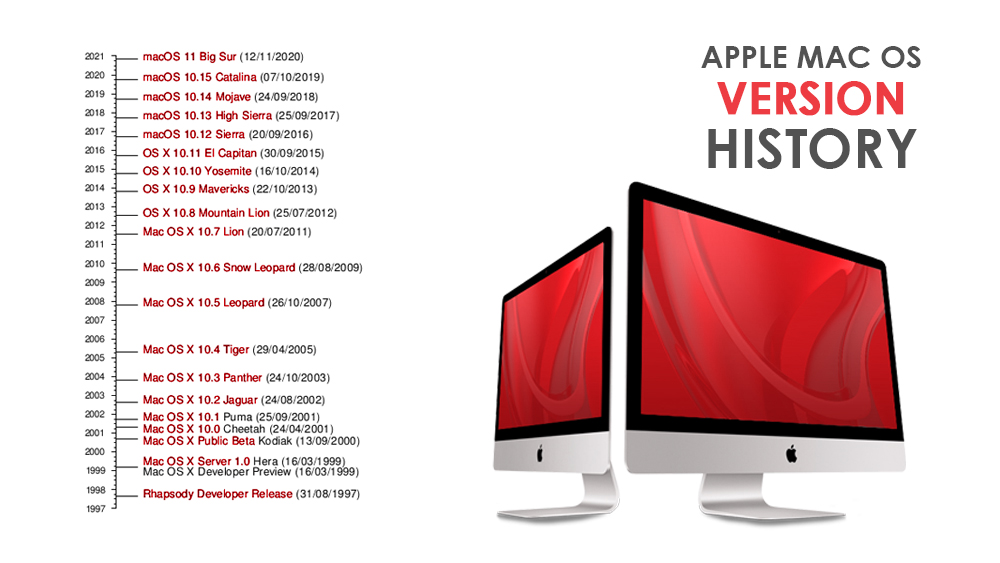
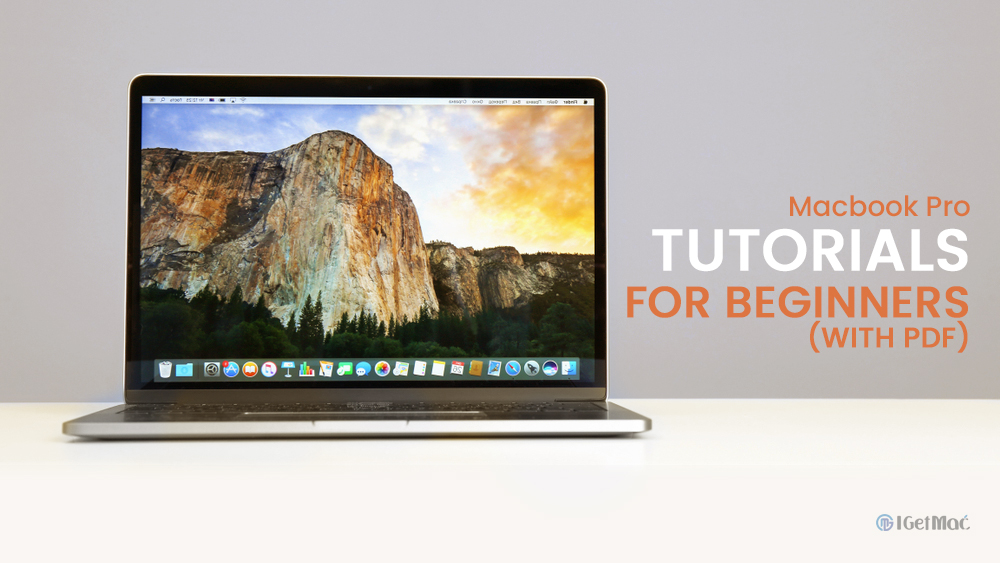
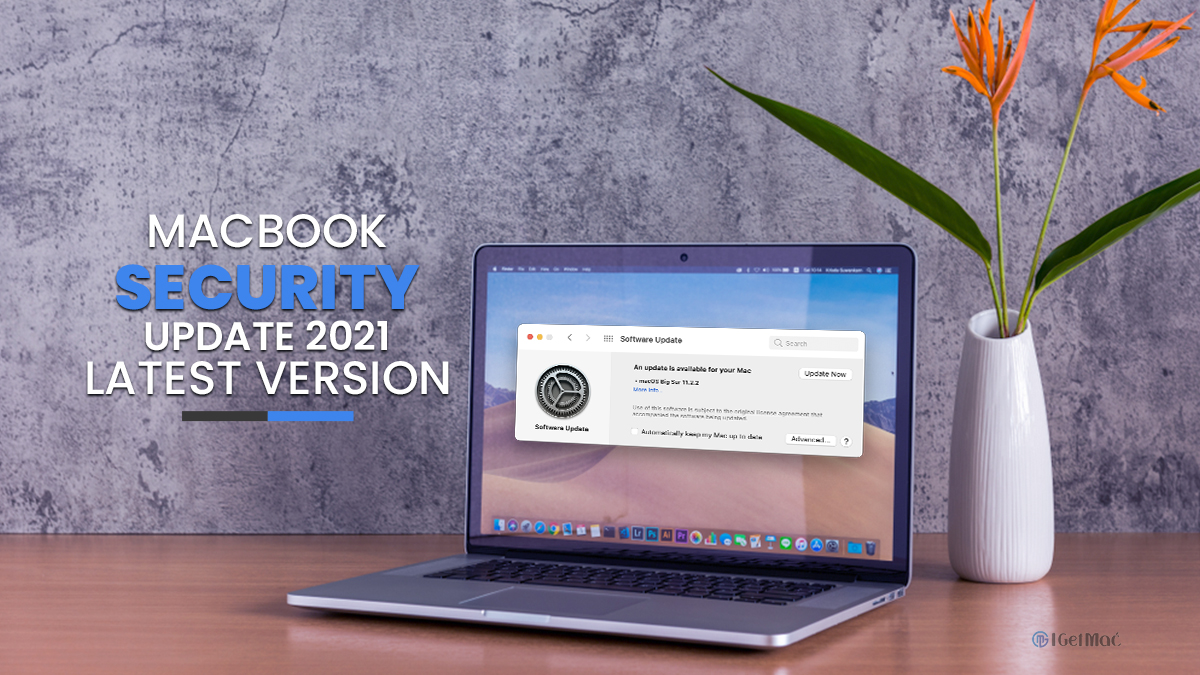
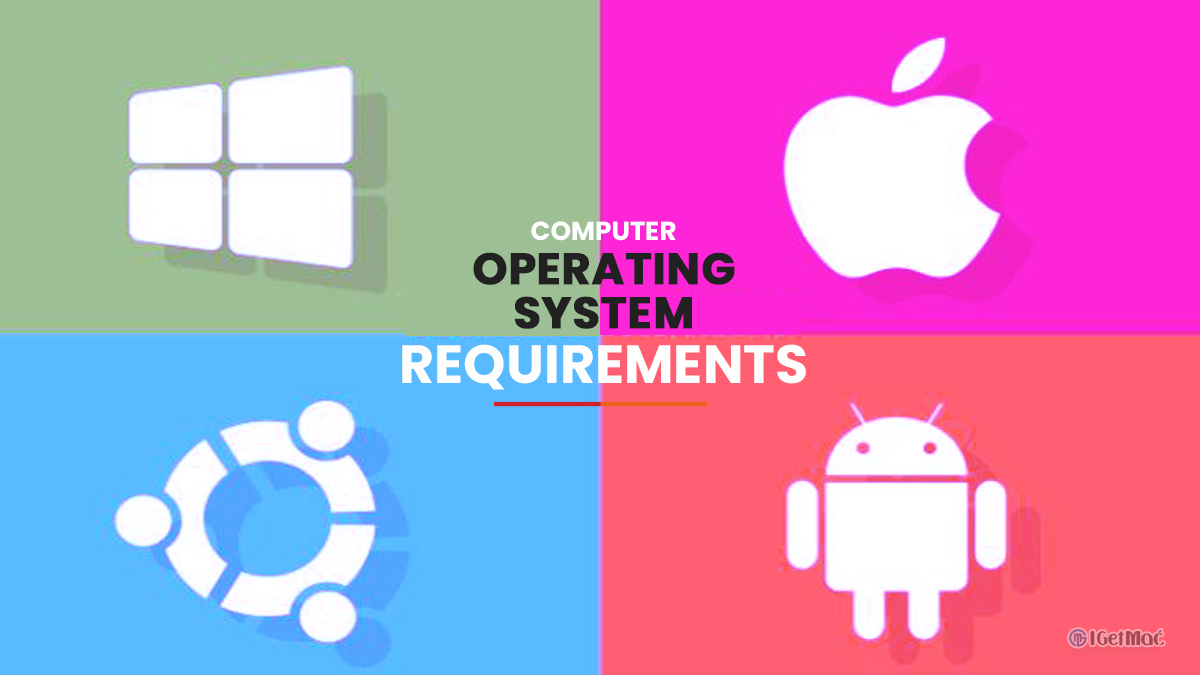





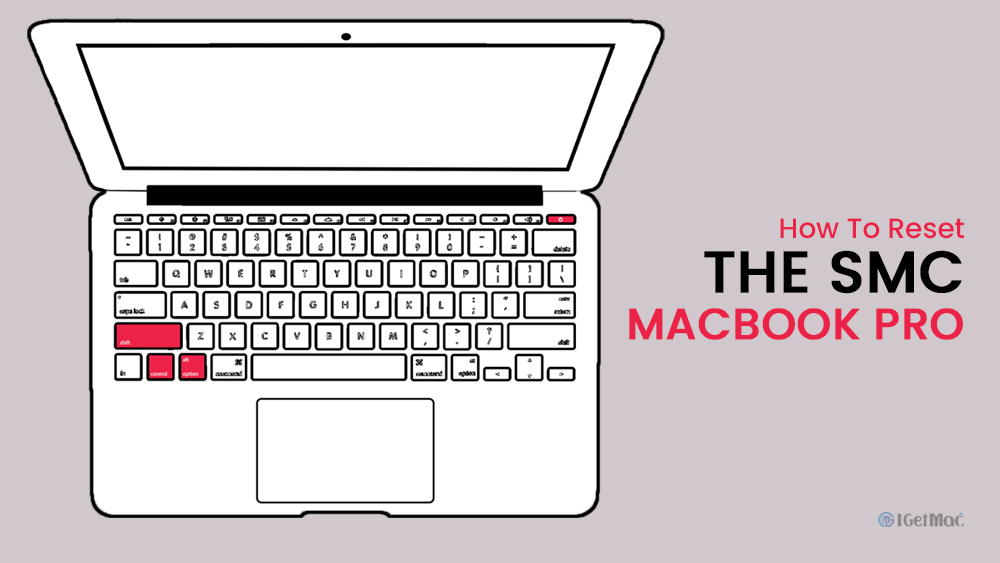
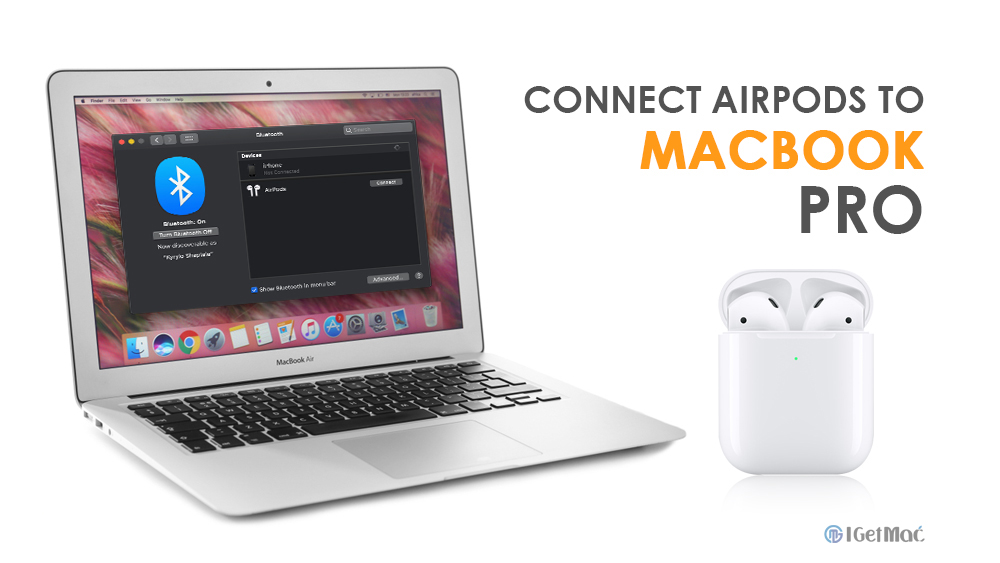

Comments